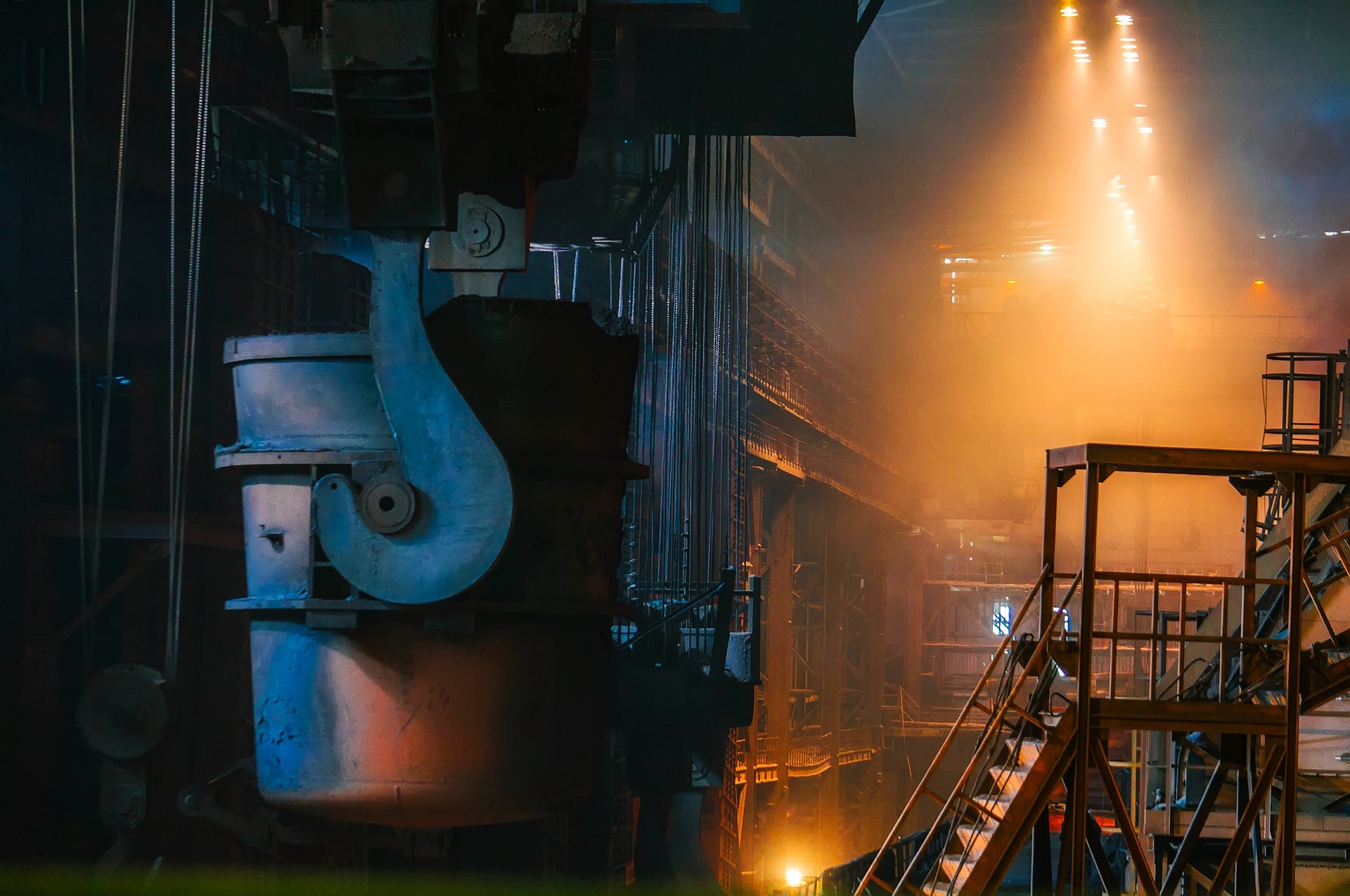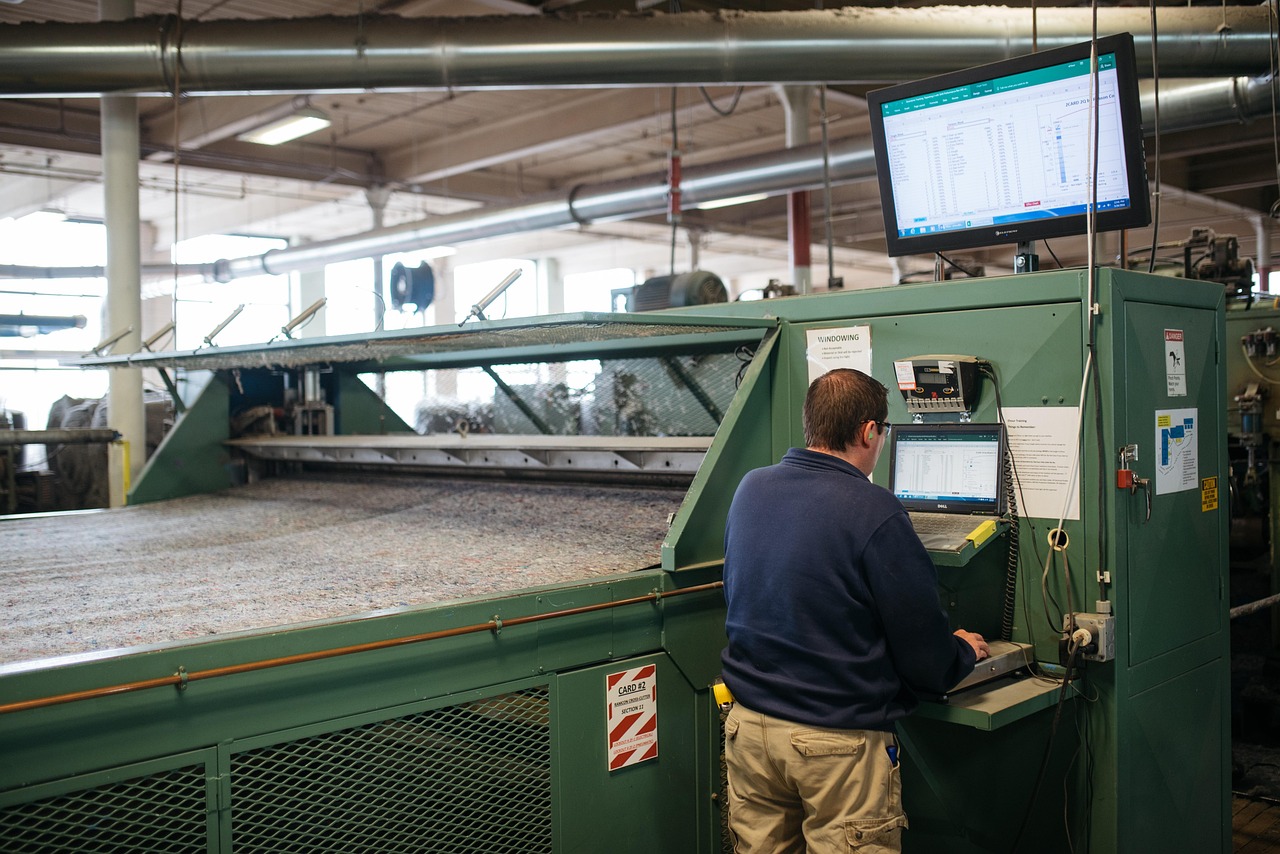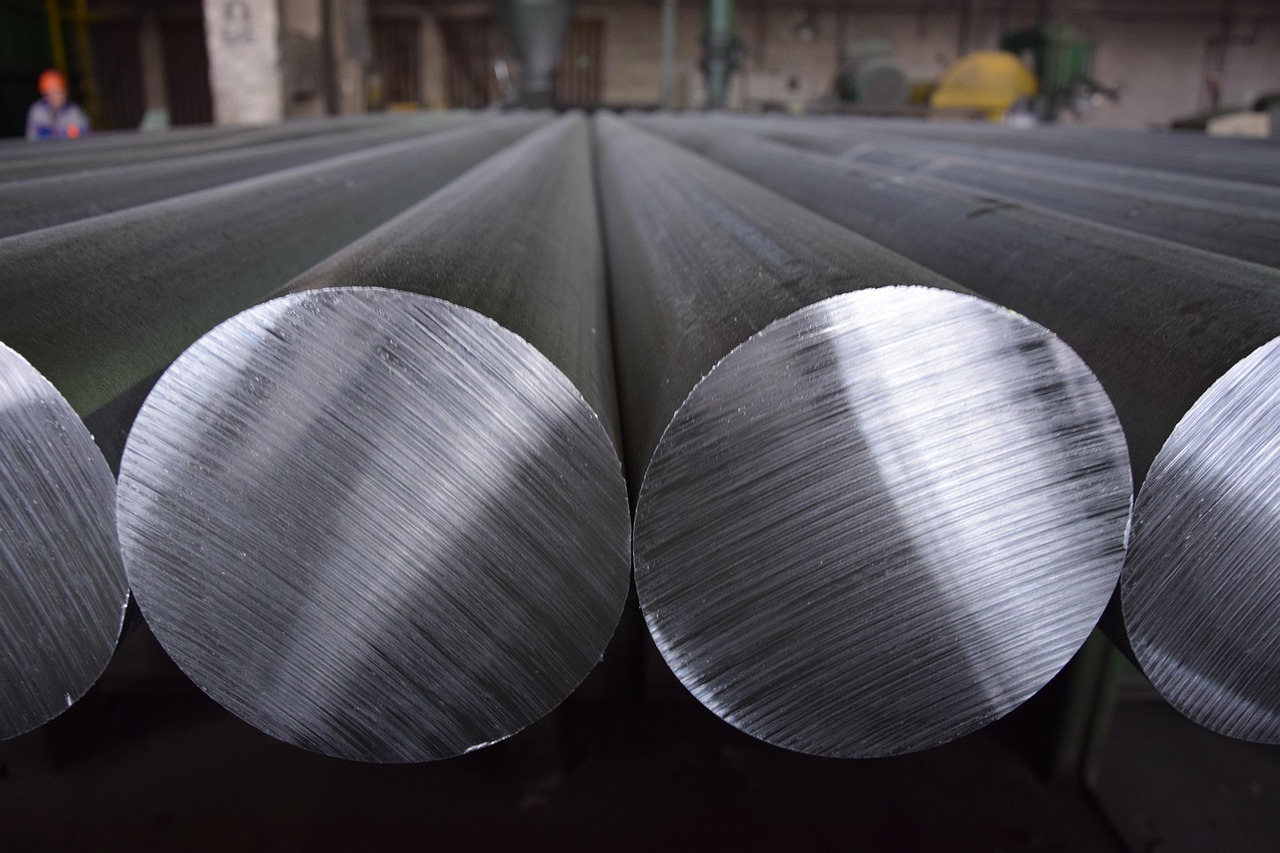Reality Capture for Steel Manufacturers
About the industry
Take the first step into reducing facility downtime
Spartan Scanning makes complex equipment maintenance and repair more efficient for steel manufacturers by providing digital scan technology, enabling easy onsite scanning, offsite diagnosis, and reduced facility downtime when problems inevitably occur.

Need help?
Call us to speak with one of our experts
Reality Capture for the steel INdustry
Better data. Better insights. Better Results.
Having clear data on your facility can improve the bottom line. Especially when the inevitable problems arise.
More Visibility
Have the most clear data on your facility from the nuts and bolts to a 30,000 ft view.
Standardize Data Sets
Everyone has access to the same data. All the time. Removing bottlenecks, and miscalculations.
Increase Throughput
Be able to do more work in less time with significantly reduced downtime.
Our Features
Go from reactive -> to predictive maintenance
Cut your inspection time by 75% and know when a problem is going to happen, before it happens, and solve the issue. Saving you thousands of dollars and hundreds of hours every year.
Our Benefits
Operational intelligence. Plant level dashboards.
Give your team full visibility into projects from the top, all the way down to the base level. When everyone has the same insights, less mistakes occur.
Testimonial
What they says about us







